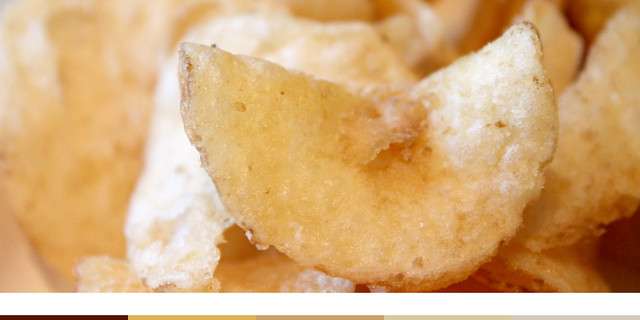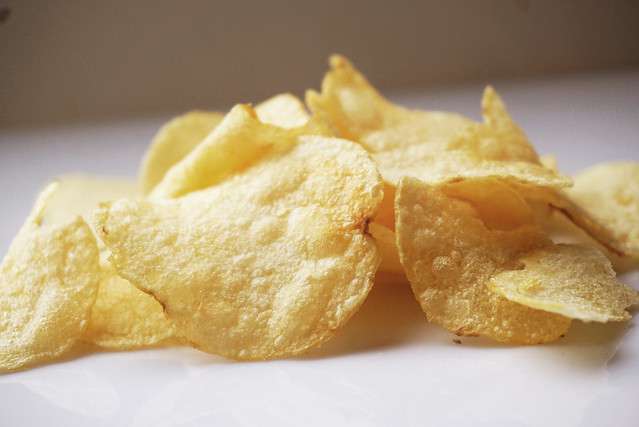New Technology Meets the Challenges of Potato Chip Analysis
For many years’ spectral technology provided a simple method for collecting color data, yet variations in potato chip size and texture often interfered with accurate color measurement. Leaders in color technology have worked alongside the top manufacturers to develop new techniques and methods to address these challenges. Controlling both the light source and the viewing angle reduced errors and variations from these external variables, creating a solid base for accurate data. The sample viewed area of most spectrophotometers is smaller than the sample being evaluated. To ensure consistent measurements independent of sample size a color averaging system was developed. For precise color monitoring, software is designed to collect and average numerous readings for various samples. This helps reduce variations and ensure color consistency throughout processing.
As technology continues to improve, spectrophotometers are becoming smaller and more durable in order to meet the needs of mass production. Color process automation technology was developed to offer real-time color data and increase production speed without compromising quality. This technology improves color control and process monitoring. More so, data can be measured and stored for repeatability and improved quality control.
Despite these advancements in technology, challenges continue to affect color control data and sample measurement quality. The biggest challenge in potato chip sample measurement is the non-uniform structure of the sample. Non-contact spectrophotometers offer accurate color measurements for nearly any sample structure and size—all without touching the sample surface. These advanced spectrophotometers offered new features such as automated sample height measurement using laser technology, which can be used to monitor sample surface height. As the depth of the non-uniform sample varies underneath the instrument a real time height compensation algorithm corrects the readings to represent how a uniform sample height would read. This new technology has considerably reduced errors in sample surface differences, creating the most accurate form of color measurement for non-uniform samples.
The STHT for online monitoring and it laboratory mate the D25NC are perfect for this application.





